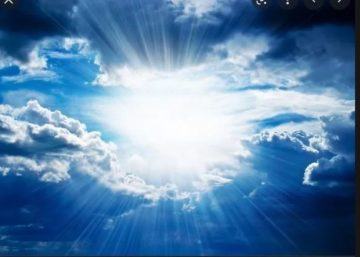 Branko Milanovic over at his substack Global Inequality and More 3.0:
Branko Milanovic over at his substack Global Inequality and More 3.0:
That today’s world situation is the worst since the end of the Second World War is not an excessive, nor original, statement. As we teeter on the brink of a nuclear war, it does not require too many words to convince people that this is so.
The question is: how did we get here? And is there a way out?
To understand how we got here, we need to go to the end of the Cold War. That war, like the World War I, ended with the two sides understanding the end differently: the West understood the end of the Cold War as its comprehensive victory over Russia; Russia understood it as the end of the ideological competition between capitalism and communism: Russia jettisoned communism, and hence it was to be just another power alongside other capitalist powers.
The origin of today’s conflict lies in that misunderstanding. Many books have already been written about it, and more will be. But this is not all. The Euro-American world took a bad turn in the 1990s because both the (former) West and the (former) East took a bad turn. The West rejected social-democracy with its conciliatory attitude domestically and willingness to envisage a world without adversarial military blocs internationally for neoliberalism at home and militant expansion abroad. The (former) East embraced privatization and deregulation in economics, and an exclusivist nationalism in the national ideologies underlying the newly-independent states.
These extreme ideologies, East and West, were the very opposite of what people of goodwill hoped for.
More here.
